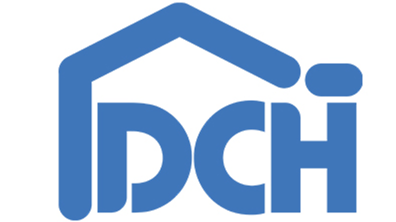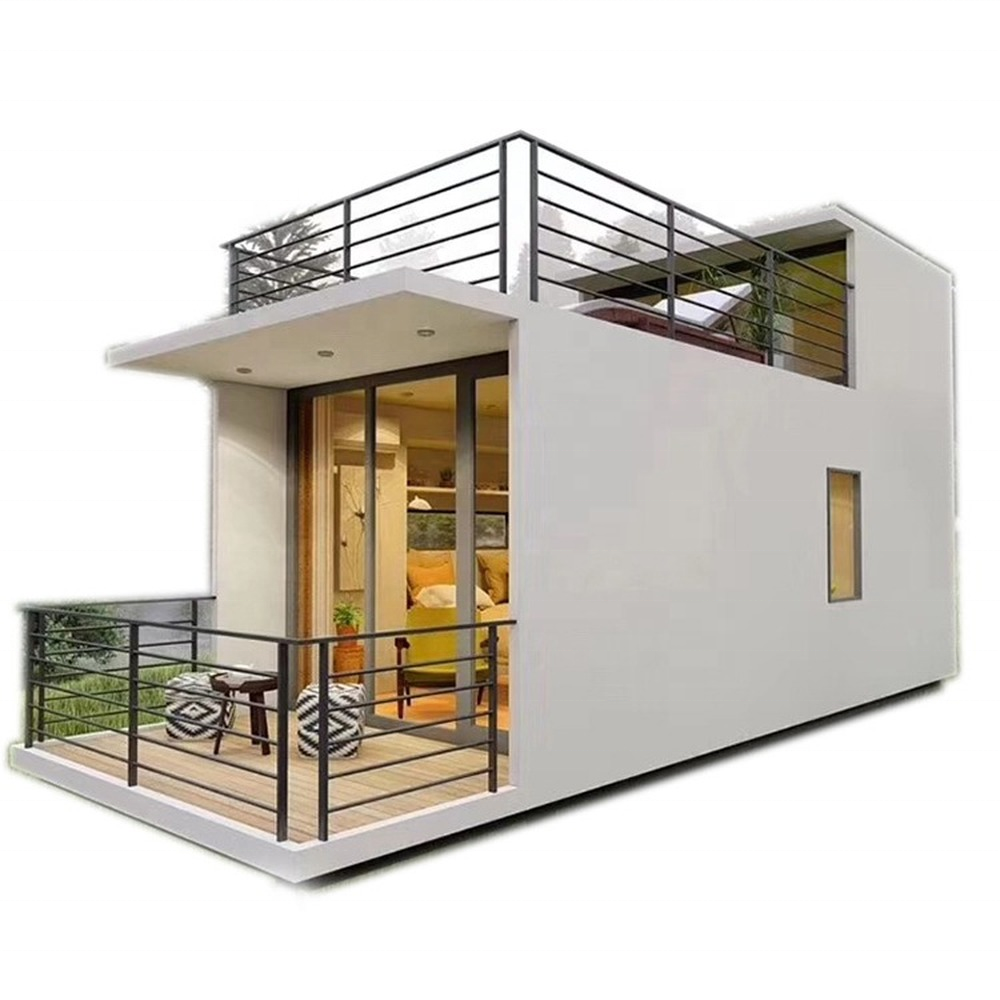Defining Modular Homes vs Traditional Construction
When we talk about modular homes, we're referring to structures assembled in sections off-site before being transported to the final location for assembly. Modular homes offer significant advantages over traditional construction methods, where building occurs entirely on-site, requiring more time and labor.
- Efficiency and Time Savings: Modular homes are typically more efficient due to their streamlined construction process, allowing homes to be completed in significantly less time. This is a stark contrast to traditional building, which can be drawn out over months.
- Cost Considerations: Prefabrication generally reduces costs by minimizing labor and raw material expenses compared to traditional construction.
- Environmental Impact: Prefabricated construction tends to produce less waste, partly owing to controlled factory conditions that optimize the use of materials and minimize on-site waste.
These factors make modular homes an appealing alternative for environmentally conscious buyers and those seeking practicality and efficiency in their housing solutions.
Core Benefits of Move-In-Ready Prefab Solutions
One of the most appealing aspects of move-in-ready prefab homes is their rapid construction timelines, enabling homeowners to settle in much sooner than they might with traditional construction. Prefab construction is often more cost-effective, providing financial advantages without compromising on quality.
- Energy Efficiency: Many prefab solutions incorporate sustainable materials and design techniques that promote energy efficiency. This can lead not only to a lower environmental footprint but also to reduced utility bills for the homeowner.
- Occupant Satisfaction: Studies and expert opinions suggest a higher satisfaction rate among occupants of prefab homes compared to traditional ones. Prefabricated homes often come outfitted with modern amenities that enhance livability and comfort.
The cumulative benefits of prefab homes, including their rapid construction, cost-effectiveness, and energy efficiency, underscore why they continue to gain popularity in today's housing market, promising a promising alternative to conventional homebuilding methods.
Modular Homes for Flexible Living Spaces
Modular homes have revolutionized the housing industry with their adaptability to various lifestyle needs. These structures are built in sections off-site and can be customized to suit individual preferences and family sizes. Whether you're looking for a cozy single-story home or a spacious multi-family unit, modular houses offer a wide array of configurations. The popularity of modular homes is evident as they are increasingly favored in housing markets worldwide, attributed to their efficiency and reduced construction time. As the demand for flexible living spaces rises, modular homes continue to grow, providing innovative solutions to modern living challenges.
Tiny Homes: Compact & Sustainable Living
Tiny homes cater to those embracing a minimalistic lifestyle and offer numerous sustainability benefits. These homes, typically less than 400 square feet, require fewer resources for construction and daily living, making them an eco-friendly choice. Despite potential zoning challenges, solutions like mobile bases or community living spaces are emerging to accommodate tiny home setups. The market for tiny homes is expanding as more people choose affordable, compact living arrangements to combat high housing costs and promote sustainable living. This trend is reshaping real estate as consumers seek simplicity and efficiency.
Prefab Container Houses: Industrial Chic Designs
Prefab container houses bring a unique aesthetic to the prefab home sector, appealing to fans of industrial and modern design. These homes are constructed from shipping containers, offering a blend of style, durability, and affordability. The robust build of container houses makes them adaptable to various climates and has prompted a growing trend in urban areas. Known for their sustainability, these homes reduce waste by reusing industrial materials and promote eco-friendly building practices. The appeal of container homes continues to grow, especially among urban dwellers seeking innovative housing solutions.
Mobile Home Options for Portable Lifestyles
Mobile homes offer unparalleled advantages for those leading a portable lifestyle. Designed for mobility, these homes provide the flexibility to relocate with ease, catering to individuals who prefer a nomadic way of life. There are various types of mobile homes, each with unique features to suit different needs, such as travel trailers and park models. Industry experts predict a growing trend in mobile housing, with advancements in design and technology making them more appealing to a broader audience. Mobile homes represent a convenient and practical option for those who prioritize flexibility and freedom.
Built-In Furnishings & Smart Space Optimization
Modern prefab house designs are increasingly featuring built-in furnishings to maximize space and functionality. By incorporating smart designs like multifunctional spaces and modular furniture, these homes are able to adapt to diverse living needs. For instance, many prefab homes integrate foldable beds and tables that create versatile rooms suited for both leisure and work. Additionally, the successful integration of technology, as seen in models like Singapore’s Nestron Cube Two, enables smarter living environments with AI-assistant systems controlling home appliances. This approach optimizes living space, making prefab homes significantly more efficient and comfortable.
Energy-Efficient Insulation and Climate Control
Energy efficiency is a cornerstone of modern prefab house designs, largely thanks to advanced insulation materials. Effective insulation minimizes heat loss, maintaining a stable indoor temperature and reducing energy consumption for heating and cooling. Prefab homes often showcase cutting-edge climate control technologies, such as smart thermostats and zoned heating systems. For example, energy savings in prefab homes can reach up to 30%, thanks to improved insulation and climate control systems. By prioritizing energy-efficient designs, prefab homes not only offer cost savings but also contribute to a smaller environmental footprint.
Durable Materials for Long-Term Use
Prefab homes are built using durable materials that ensure longevity and resilience. Common materials include steel frames, reinforced concrete, and engineered wood, which all contribute to the robust structure of these homes. Modern manufacturing processes enhance the durability of prefabs, with techniques such as precision cutting and modular assembly ensuring tight construction standards. Many prefab houses come with warranties and certifications signaling their quality; for instance, LEED certifications are common, affirming the use of sustainable and durable building practices. These durable materials guarantee that prefab homes remain a long-term investment for homeowners.
Comparing Prices: Prefab vs Stick-Built Homes
When comparing the price differences between prefab homes and traditional stick-built homes, prefabs often offer more affordable options. According to recent reports, the typical new home built in the United States in 2023 ranged from $121,099 to $502,765. Prefabricated homes, being factory-built, tend to have a lower price per square foot because of reduced labor and accelerated timelines. In fact, the NAHB estimates that modular homes can be completed in about three months, thus drastically cutting down construction time and cost. Factors contributing to these savings include efficient material use and reduced need for skilled labor.
Budgeting for Delivery and Site Preparation
While prefab homes present cost benefits, budgeting for delivery and site preparation should not be overlooked. These costs vary depending on factors like distance from the factory and terrain complexity. Buyers should be aware of hidden costs such as permitting, utilities setup, and site clearance. To effectively manage budget, potential homeowners should collaborate closely with manufacturers for accurate estimates. An effective strategy includes setting aside a contingency fund to address unforeseen expenses during delivery and installation, ensuring a smooth transition from factory to home site.
Long-Term Savings on Utilities & Maintenance
Prefab homes offer substantial long-term savings on utilities and maintenance due to their energy-efficient designs. These homes typically use high-performance materials like structural insulated panels (SIPs), drastically reducing heating and cooling costs. For instance, the GO Home line by GO Logic employs designs that use 80% less energy compared to typical households. Moreover, the durable materials used in prefab construction minimize long-term maintenance, translating to fewer repair costs. Homeowners frequently report significant savings on utility bills, making prefab homes a smart investment for those seeking sustainability and reduced living expenses.
Evaluating Quality Standards & Certifications
Choosing the right prefab home provider starts with evaluating the quality standards and certifications that ensure the reliability and durability of the home. In the prefab industry, certifications such as LEED or Energy Star indicate compliance with strict environmental standards and efficient energy use. These certifications not only guarantee high-quality construction but also enhance the resale value of the home due to its verified sustainability and performance. Prefab homes with recognized certifications are likely to attract buyers who prioritize environmental friendliness and efficiency, reflecting a growing trend in home purchasing decisions.
Global vs Local Suppliers: Pros and Cons
Deciding between global and local suppliers for prefab homes involves weighing several pros and cons. Global suppliers often offer a wider range of designs and materials, benefiting from advanced technologies and economies of scale. However, working with them might lead to longer delivery times and potential supply chain disruptions. On the other hand, local suppliers can provide more personalized services, quicker deliveries, and better support for site-specific needs. An industry expert recently noted that local suppliers are becoming increasingly popular, especially as buyers seek bespoke options and quicker turnaround times, underscoring the strategic benefits of choosing regional vendors.
Customization Options for Personalized Needs
One of the most appealing aspects of prefab homes is the ability to customize designs to meet personal needs. Buyers can choose from various customization options, including layout adaptations, style preferences, and material choices, ensuring each home reflects individual tastes and lifestyle requirements. While customization does impact the overall cost, many believe it significantly adds value by creating tailored living spaces that feel more comfortable and personal. Testimonials from satisfied owners often highlight the joy and satisfaction that customized homes bring, emphasizing the personalized touches that made their prefabs truly their own. From unique floor plans to distinctive interior finishes, customization ensures your prefab home matches your vision perfectly.

